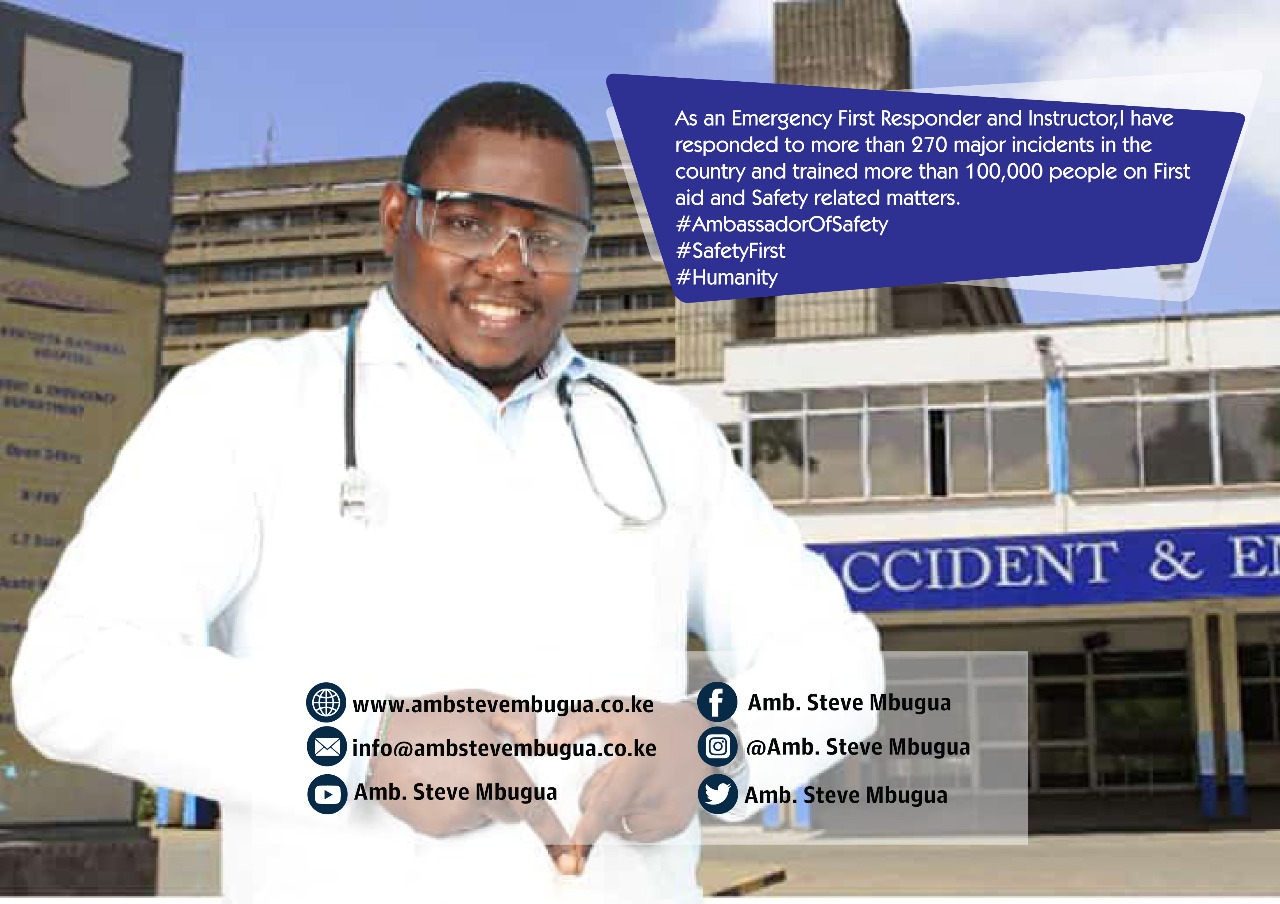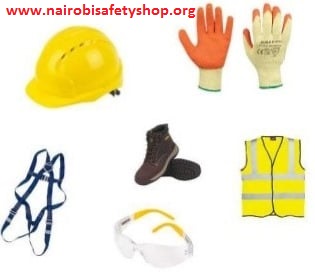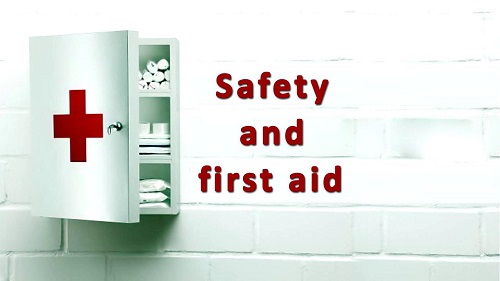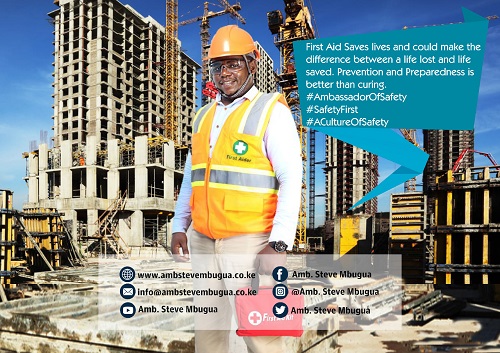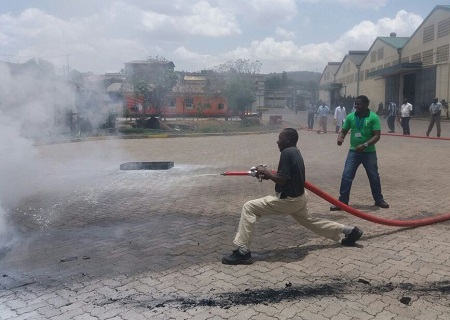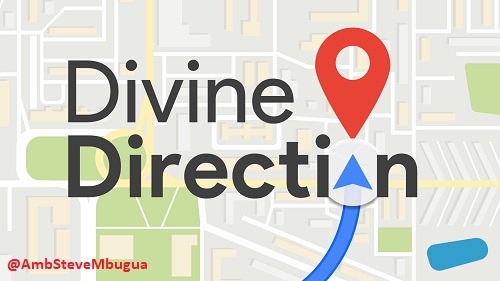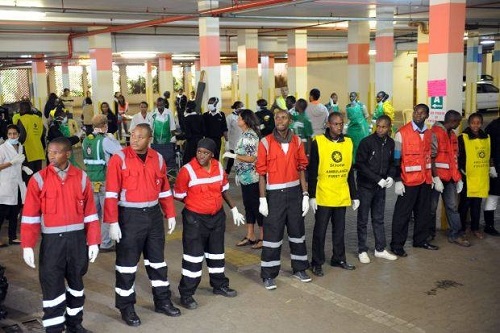Family safety is a fundamental aspect of ensuring the well-being and security of our loved ones. As Ambassador Steve Mbugua, the globally recognized Ambassador of Safety, I am committed to promoting family safety standards and best practices. In this article, we explore essential strategies for enhancing family safety, including home security measures, emergency preparedness, childproofing techniques, and digital safety practices. By prioritizing family safety, we can create a secure environment where our families can thrive and enjoy peace of mind. Let us delve into the key components of effective family safety management and work together to protect our most cherished relationships.
Family safety encompasses a range of practices and strategies aimed at protecting household members from potential hazards and promoting well-being. It involves creating a secure environment, educating family members about safety measures, and preparing for emergencies. Here’s a detailed exploration of family safety:
Introduction to Family Safety
Family safety focuses on preventing accidents, injuries, and health risks within the household. It encompasses both physical safety within the home environment and promoting emotional and psychological well-being among family members.
Different Accidents, Incidents, Illnesses, and Near Misses Relating to Family Safety
1. Slips, Trips, and Falls: Leading cause of injuries at home, often due to slippery floors, cluttered pathways, or inadequate lighting.
2. Burns and Scalds: Accidents involving hot surfaces, boiling liquids, kitchen appliances, or improperly stored chemicals.
3. Poisoning: Ingestion or exposure to toxic substances such as household cleaners, medications, or carbon monoxide.
4. Choking and Suffocation: Objects blocking airways, food-related incidents, or improperly secured plastic bags.
5. Drowning: Accidents in swimming pools, bathtubs, or open water bodies, especially concerning young children.
6. Electrical Injuries: Shock or burns from faulty wiring, exposed outlets, or misuse of electrical appliances.
7. Cuts and Lacerations: Injuries from sharp objects, tools, or broken glass, often occurring during cooking or DIY activities.
8. Fires and Carbon Monoxide Exposure: Malfunctioning heaters, unattended candles, or faulty appliances leading to fire hazards or carbon monoxide poisoning.
9. Physical Abuse: Domestic violence or physical altercations among family members.
10. Mental Health Issues: Psychological distress, depression, or anxiety affecting family members’ well-being.
11. Sports and Recreational Injuries: Accidents during play, sports activities, or outdoor adventures.
12. Home Security Incidents: Burglaries, home invasions, or safety concerns related to unauthorized access.
Latest Trends in Family Safety
1. Smart Home Technology: Integration of security systems, surveillance cameras, and smart locks for enhanced home protection and monitoring.
2. Childproofing Innovations: Advanced safety gates, cabinet locks, and child-resistant packaging to prevent accidents involving young children.
3. Online Safety: Parental control apps, internet safety guidelines, and cyberbullying prevention strategies for children using digital devices.
4. Emergency Preparedness: Family emergency plans, evacuation drills, and communication strategies during natural disasters or emergencies.
5. Health and Wellness Programs: Promoting physical fitness, healthy eating habits, and mental well-being within the family.
6. Fire Safety Upgrades: Smoke detectors, fire extinguishers, and fire escape plans tailored to family home layouts.
7. Vehicle Safety: Car seat safety checks, driver education, and safe driving practices for family members.
8. Financial Security: Financial planning, insurance coverage, and identity theft protection for family members.
9. Outdoor Safety: Guidelines for safe outdoor activities, sun protection, and wildlife encounters.
10. Home Maintenance: Regular inspections, repairs, and maintenance to prevent structural hazards or equipment failures.
11. Community Engagement: Neighborhood watch programs, community safety events, and partnerships for safer living environments.
12. Elderly Care: Home modifications, fall prevention strategies, and healthcare management for elderly family members.
Family Safety Practices and Guidelines
1. Risk Assessment: Identify potential hazards within the home environment, such as slippery floors, sharp objects, or unsecured furniture.
2. Home Security: Install robust locks, security alarms, and outdoor lighting to deter burglaries and intrusions.
3. Fire Safety Measures: Maintain smoke detectors, fire extinguishers, and carbon monoxide alarms. Develop and practice fire escape plans.
4. Childproofing: Secure cabinets, cover electrical outlets, and install safety gates to prevent access to hazardous areas or objects.
5. Poison Prevention: Store chemicals, medications, and household cleaners out of reach of children. Use child-resistant packaging.
6. Water Safety: Supervise children during water activities. Install pool fences, use life jackets, and teach swimming skills.
7. First Aid Skills: Educate family members on basic first aid techniques, CPR, and emergency response procedures.
8. Healthy Living: Encourage nutritious eating habits, regular physical activity, and mental health awareness within the family.
9. Internet Safety: Establish guidelines for safe internet use, monitor online activities, and educate children about cyber risks.
10. Vehicle Safety: Ensure proper use of car seats, seat belts, and safe driving practices for all family members.
11. Emergency Preparedness: Create emergency kits, maintain contact lists, and rehearse family emergency plans regularly.
12. Open Communication: Foster open dialogue about safety concerns, encourage reporting of hazards, and address family members’ safety needs.
Laws or Regulations Applicable to Family Safety
1. Building Codes: Regulations on home construction standards, fire safety, and structural integrity.
2. Consumer Product Safety: Standards for household appliances, children’s toys, and furniture safety.
3. Child Safety Laws: Requirements for car seats, cribs, and child-resistant packaging.
4. Health and Safety Standards: Guidelines for workplace safety if operating a home-based business.
5. Environmental Regulations: Measures to ensure safe handling and disposal of household chemicals and hazardous materials.
6. Domestic Violence Laws: Legal protections and resources for victims of domestic abuse.
7. Privacy Laws: Safeguards for personal information and digital privacy within the household.
8. Homeowners’ Association Rules: Restrictions on property modifications and community safety guidelines.
9. Firearm Safety Laws: Regulations on firearm storage, access, and use within the home.
10. Elderly Care Regulations: Guidelines for home modifications and care standards for elderly family members.
11. Emergency Response Protocols: Legal requirements for reporting emergencies and complying with emergency services.
12. Insurance Requirements: Coverage mandates for home insurance policies, liability protection, and personal property security.
Ensuring family safety involves a multifaceted approach, combining preventive measures, education, and compliance with regulations. By prioritizing home security, implementing safety practices, and fostering a supportive environment, families can significantly reduce risks and enhance their overall well-being. Continuous awareness, preparedness, and collaboration within the household are key to maintaining a safe and nurturing home environment for all family members.
In conclusion, family safety is a vital component of nurturing a secure and harmonious home environment. As the Ambassador of Safety, I have highlighted the importance of implementing robust home security measures, preparing for emergencies, and adopting digital safety practices. By embracing these strategies, families can minimize risks, safeguard their loved ones, and create a safe space for growth and connection. Let us commit to championing family safety and work collaboratively to foster environments where every family member feels secure and valued. Prioritizing these practices not only protects our families but also strengthens the bonds that make our homes a safe haven.
READ MORE
Personal Safety and Security
Workplace Safety Video
A Positive Safety Culture
Home Safety



